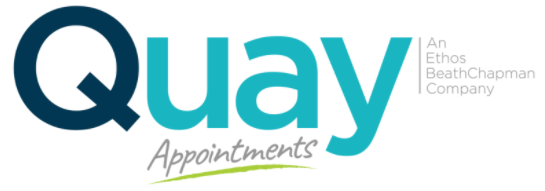How to write a business email that scores an ‘A’ grade and not a ‘F’

An email (electronic mail) is one of the most common forms of communication in business today. There are many advantages to using email to send and retrieve information. However, there are also many pitfalls to avoid. Another way to think about an email is that it’s like a letter – as in it has a beginning, middle and end. In school as 7 years olds we were taught how to write a short story that captures the imagination. We were given a structure in which to put our thoughts onto paper to help create a story that held a meaning or purpose.

Now 20 years later as adults we are liaising with business professionals on issues that could have a significant $$$ impact. If our ‘short story / email’ is not constructed properly or have a sense of purpose we may be graded an ‘F’ by a CEO and not our forgiving primary school teacher! With this in mind, how do we receive an ‘A’ grade; and earn some gold stars in the business world when writing an email:
Subject Line:
Make your subject line clear, concise and meaningful. It should capture the topic, not describe it. Also avoid one-word descriptions (e.g, Important, Help, or Urgent), these are overly used and often gobbled up by spam filters. An example of a Good Subject Line: “Important: Project SAP Timeline Acceleration”. The subject line highlights the importance of an Email and the key information or topics within the message.
Greeting:
Use the person’s name you are emailing and title if it is a formal message.
When it’s a more relaxed business email, you will not do not always need a formal greeting – they can often just list the recipient names.
Your greeting makes your first impression – ensure you present to people pleasantly and properly!
Purpose:
- Be clear and concise and explain the purpose, question or issue and the reason why you’re sending the email.
- One or two sentences at most – you will add the necessary detail below.
- Avoid long emails that have more than one topic or request, unless they are closely related or linked.
- The purpose should provide a summary of the issue or request. By reading the intro, the recipient understands the context of the detail to follow.

Detail/Body:
- Usually the longest part of the email, here you provide the necessary background or supporting detail. Limit yourself to few bullet points or short paragraphs.
- Only provide the minimum information needed to explain the issue or ask the question.
- You should only provide a brief explanation where required, on the five key questions; What? When? Where? How? Why?
- If you need more than a page of detail, consider attaching the detail in a Word document or set a meeting to discuss.
- When the Email has a file attachment, ensure you refer to it in the message, what it contains, and any actions needed.
- Be polite, professional, and respectful when presenting issues or asking questions. Avoid sarcasm, jokes, humour, or tone that can be misinterpreted.
- If there is too much information to convey in a page, consider if another type of communication or even a formal meeting is more appropriate.
Ask/Action:
- Provide a specific call for needed action. State the response or action you want to receive.
- Ensure you are clear about exactly “who” needs to perform “what”.
- If there are deadlines, provide the “when” prominently to the recipients.
- The ask/action is one of the most important components of the Email message and where you state exactly what you are looking to get, from whom and by when. Regrettably, it is often absent or not well defined.
Closing/Sign-Off:
- Use phrases or words conveying respect and formality (e.g., “Sincerely,” “Best regards,” “Best”).
- Include signature lines that contain helpful contact information.
- Relaxed, routine business communications often do not use formal sign-offs.
- The sign-off is where you provide a courteous “thank you” for assistance and provide required contact information.
By using the tips above, you will improve your ability to quickly and reduce the chance that your message will be misunderstood or not responded to at all! Take a bit of extra time up-front when composing an Email; you will save yourself a lot of time, repetition and miscommunication down the road. By now following above point as a guide, you should be getting an ‘A’ instead of an ‘F’ grade!
Click here and follow us on our LinkedIn page











